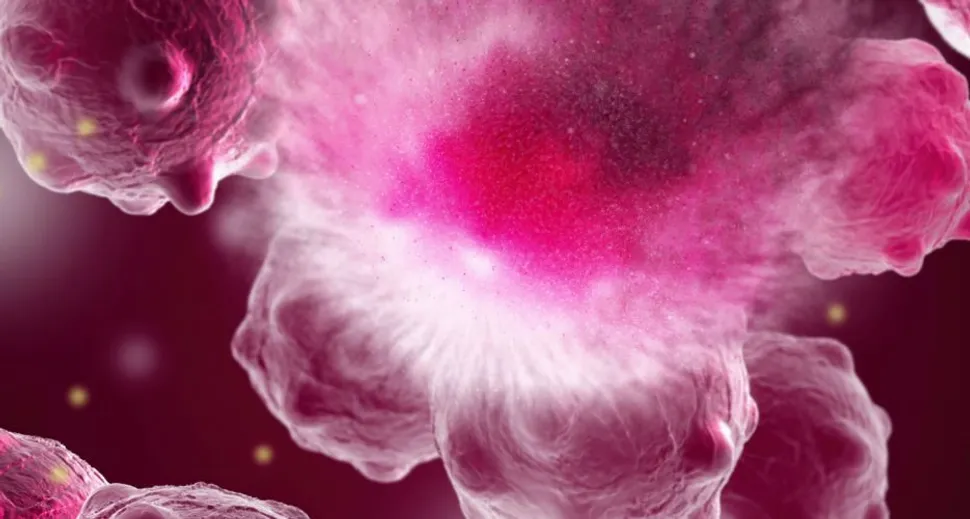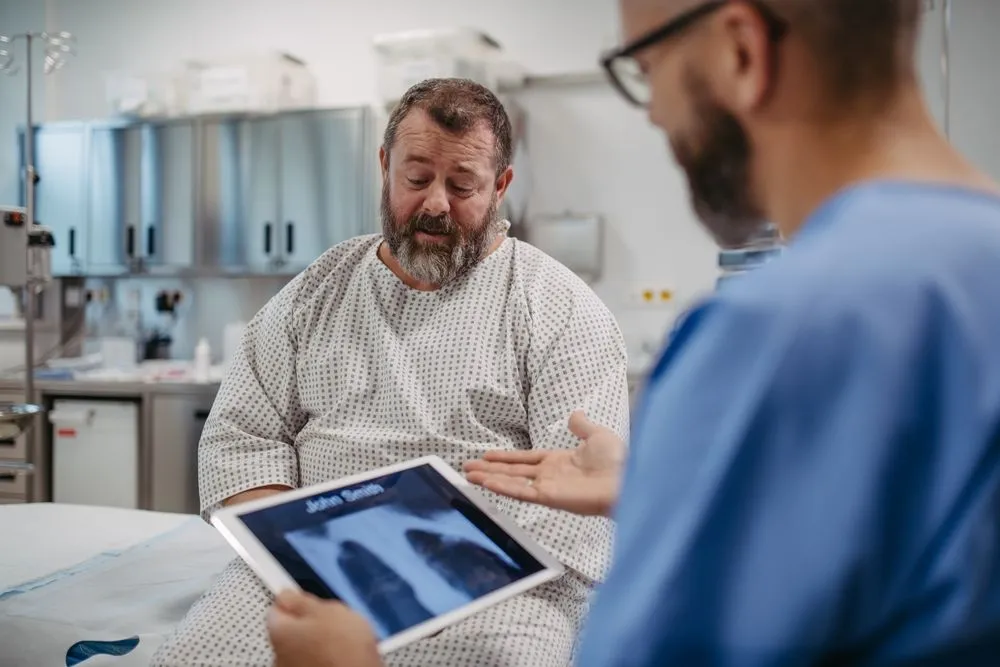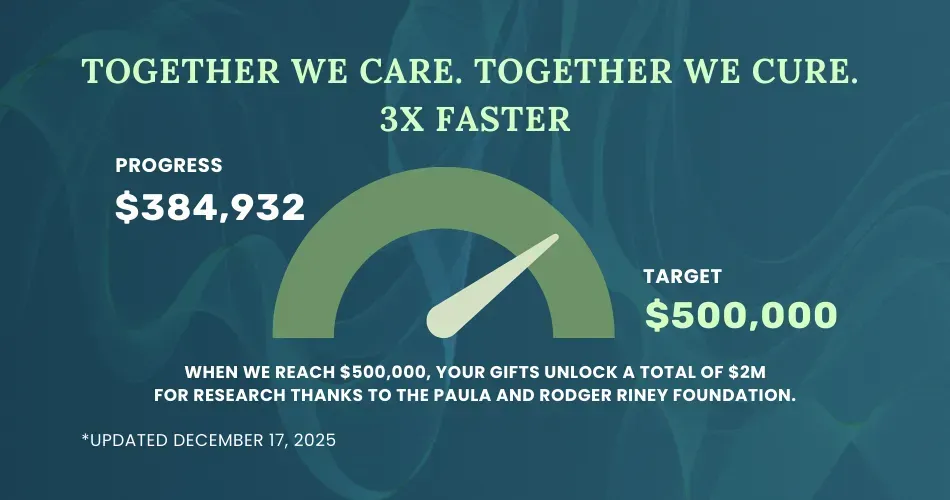Diffuse Large B-Cell Lymphoma: Your Essential Questions Answered

Diffuse Large B-Cell Lymphoma (DLBCL) is a common type of aggressive non-Hodgkin lymphoma. While the exact cause of DLBCL remains unknown, certain factors can increase your risk. This article addresses some of the most frequently asked questions about DLBCL, empowering you with essential knowledge.
What Causes DLBCL?
The precise cause of DLBCL is still under investigation. However, some risk factors may play a role:
- Weakened immune system: Conditions like HIV/AIDS or medications that suppress the immune system can increase risk.
- Autoimmune disorders: Having an autoimmune condition might be a contributing factor.
- Family history: Having a close relative with lymphoma or chronic lymphocytic leukemia (CLL) slightly increases your risk.
- Age and sex: DLBCL is more common in individuals over 64, and males may be at a slightly higher risk.
- If you take immunosuppressive medications (after an organ transplant, etc.)
Is DLBCL contagious?
No, DLBCL is not contagious and cannot be passed on to others.
How Does DLBCL Develop? Why Do People Get Diffuse Large B-Cell Lymphoma?
DLBCL arises when B-cells (infection-fighting white blood cells) mutate. These mutations cause the B-cells to grow and divide uncontrollably, forming cancer cells. DLBCL is aggressive and can spread quickly if left untreated.
Does DLBCL Run In Families?
DLBCL is not an inherited disease, but having a first-degree relative with any type of lymphoma or chronic lymphocytic leukemia (CLL) can increase your risk of developing DLBCL by 9%.
Where Does B Cell Lymphoma Usually Start?
Lymphoma, including DLBCL, can originate anywhere in the body where lymphocytes (white blood cells that fight infections) reside. These are primarily found in lymph nodes, the spleen, and bone marrow.
What are the warning signs of DLBCL?
Common symptoms of DLBCL include:
- Painless enlargement of lymph nodes (typically in the neck, armpit, or groin)
- Fever
- Night sweats
- Unexplained weight loss
What Happens If B-Cell Lymphoma is Left Untreated?
DLBCL is considered curable with treatment, boasting a 73% five-year survival rate. However, if left untreated, life expectancy is less than a year.
What Are The Signs Of End-Stage Lymphoma?
The most advanced stage of DLBCL is stage 4, where the cancer has spread beyond the lymph nodes to at least one organ. Symptoms at this stage can include:
- Fatigue.
- Pain.
- Itching.
- Loss of appetite.
- Dyspnea (shortness of breath).
- Weight loss.
- Fever.
- Abdominal pain and nausea.
- Chills.
At Which Stage Is Lymphoma Considered Terminal?
Stage 4 DLBCL is considered the most advanced stage, but it's not necessarily terminal. The overall five-year survival rate for stage 4 DLBCL is 71%. Treatment options are available, and with advancements in medicine, these numbers continue to improve.
Learn more about lymphoma and DLBCL with the free resources available at HealthTree University for DLBCL, and sign up for our newsletter to stay up-to-date with the latest treatment advances and patient webinars.
SUBSCRIBE TO HEALTHTREE FOR DLBCL NEWSLETTER
Sources:
Diffuse Large B-Cell Lymphoma (DLBCL) is a common type of aggressive non-Hodgkin lymphoma. While the exact cause of DLBCL remains unknown, certain factors can increase your risk. This article addresses some of the most frequently asked questions about DLBCL, empowering you with essential knowledge.
What Causes DLBCL?
The precise cause of DLBCL is still under investigation. However, some risk factors may play a role:
- Weakened immune system: Conditions like HIV/AIDS or medications that suppress the immune system can increase risk.
- Autoimmune disorders: Having an autoimmune condition might be a contributing factor.
- Family history: Having a close relative with lymphoma or chronic lymphocytic leukemia (CLL) slightly increases your risk.
- Age and sex: DLBCL is more common in individuals over 64, and males may be at a slightly higher risk.
- If you take immunosuppressive medications (after an organ transplant, etc.)
Is DLBCL contagious?
No, DLBCL is not contagious and cannot be passed on to others.
How Does DLBCL Develop? Why Do People Get Diffuse Large B-Cell Lymphoma?
DLBCL arises when B-cells (infection-fighting white blood cells) mutate. These mutations cause the B-cells to grow and divide uncontrollably, forming cancer cells. DLBCL is aggressive and can spread quickly if left untreated.
Does DLBCL Run In Families?
DLBCL is not an inherited disease, but having a first-degree relative with any type of lymphoma or chronic lymphocytic leukemia (CLL) can increase your risk of developing DLBCL by 9%.
Where Does B Cell Lymphoma Usually Start?
Lymphoma, including DLBCL, can originate anywhere in the body where lymphocytes (white blood cells that fight infections) reside. These are primarily found in lymph nodes, the spleen, and bone marrow.
What are the warning signs of DLBCL?
Common symptoms of DLBCL include:
- Painless enlargement of lymph nodes (typically in the neck, armpit, or groin)
- Fever
- Night sweats
- Unexplained weight loss
What Happens If B-Cell Lymphoma is Left Untreated?
DLBCL is considered curable with treatment, boasting a 73% five-year survival rate. However, if left untreated, life expectancy is less than a year.
What Are The Signs Of End-Stage Lymphoma?
The most advanced stage of DLBCL is stage 4, where the cancer has spread beyond the lymph nodes to at least one organ. Symptoms at this stage can include:
- Fatigue.
- Pain.
- Itching.
- Loss of appetite.
- Dyspnea (shortness of breath).
- Weight loss.
- Fever.
- Abdominal pain and nausea.
- Chills.
At Which Stage Is Lymphoma Considered Terminal?
Stage 4 DLBCL is considered the most advanced stage, but it's not necessarily terminal. The overall five-year survival rate for stage 4 DLBCL is 71%. Treatment options are available, and with advancements in medicine, these numbers continue to improve.
Learn more about lymphoma and DLBCL with the free resources available at HealthTree University for DLBCL, and sign up for our newsletter to stay up-to-date with the latest treatment advances and patient webinars.
SUBSCRIBE TO HEALTHTREE FOR DLBCL NEWSLETTER
Sources:

about the author
Lisa Foster
Lisa Foster is a mom of 3 daughters and 1 perfect grandchild, a puzzle lover, writer and HealthTree advocate. She believes in the mission of the foundation and the team that builds it forward. She calls Houston, Texas home.
More on Core Education
Trending Articles
Get the Latest Large B Cell Lymphoma Updates, Delivered to You.
By subscribing to the HealthTree newsletter, you'll receive the latest research, treatment updates, and expert insights to help you navigate your health.
Together we care.
Together we cure.
3x Faster.









